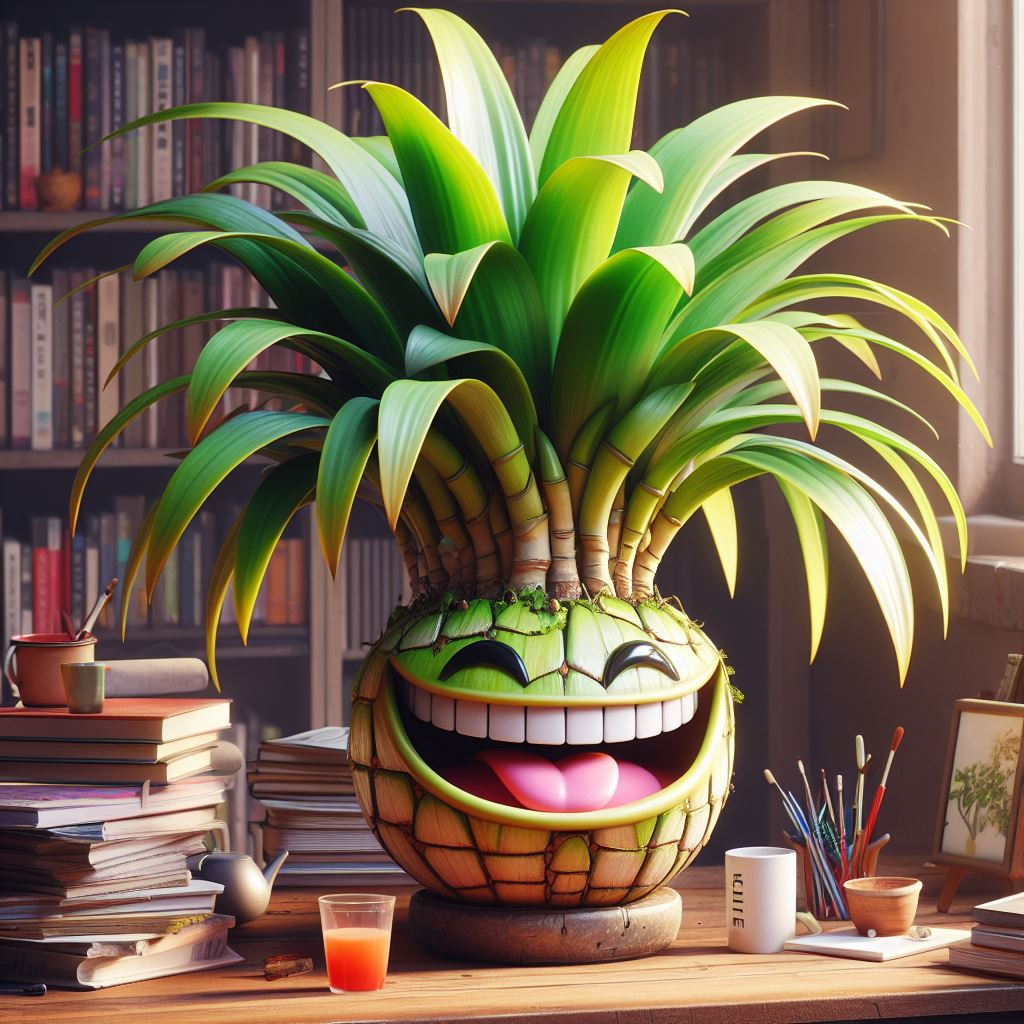Growing Tips and Propagation
Introduction
Happy Plants, scientifically known as Dracaena fragrans, are popular houseplants cherished for their vibrant foliage and low maintenance requirements. Their long arching leaves sprout from thick woody stems, making them a delightful addition to any space.
Why Choose Happy Plants?
Happy Plants offer a plethora of benefits that make them a top choice for plant enthusiasts:
Hardiness: These hardy plants thrive both indoors and outdoors, adapting effortlessly to various environments.
Attractive Foliage: The lush green leaves of Happy Plants add elegance and freshness to any room.
Air Purification: Beyond aesthetics, they actively filter pollutants, enhancing indoor air quality.
Low Maintenance: Even beginners can successfully care for Happy Plants, making them ideal for busy lifestyles.
Growing Happy Plants from Cuttings
- Propagation Basics
Stem Cuttings: Propagating Happy Plants from stem cuttings is straightforward:
Select a long enough healthy stem with two leaf nodes or more.
Remove lower leaves and dip the cut end in rooting hormone powder.
Plant the cutting in moist soil and cover it with a plastic bag to create a humid environment.
Tip Cuttings: Alternatively, take tip cuttings from the original stem:
Cut just below a node, leaving about an inch of stem below the leaves.
Trim most leaves to reduce transpiration.
Plant in well-draining soil and keep it consistently moist.
- Ideal Growing Conditions
To ensure your Happy Plants thrive, follow these guidelines:
Light: Place Happy Plants in bright, indirect light indoors or a shaded spot outdoors.
Soil: Use well-drained soil or potting mix to prevent waterlogged roots.
Watering: Keep the soil lightly moist; avoid overwatering.
Temperature: Indoors or outdoors in warm, frost-free areas.
Fertilization: Feed fortnightly with liquid plant food during spring and autumn.
- Potting Tips
Indoors:
Choose a well-lit spot as you want to see it in all i’s happy glory but away from direct sunlight.
Part-fill a planter with quality potting mix.
Gently tease the roots and position the plant.
Backfill with potting mix and water thoroughly.
Protect against fungus gnats with a Gnat Barrier.
Outdoors:
Select a well-drained, shaded garden spot.
Prepare the planting area with Soil Improver.
Position the plant, backfill, and form a soil ring around the root zone.
Mulch lightly and water regularly.
Conclusion
Incorporating Happy Plants into your living spaces not only adds aesthetic appeal but also contributes to a healthier environment. Whether you’re a seasoned gardener or a beginner, these versatile plants are sure to bring joy and tranquility to your home. Happy planting!
Join the Discussion!
Share your Happy Plant experiences, tips, and success stories in the comments below. Let’s grow together!
Remember, Happy Plants are forgiving and resilient. If stems grow too tall, don’t hesitate to trim them back. Enjoy the lush beauty of these wonderful plants!






